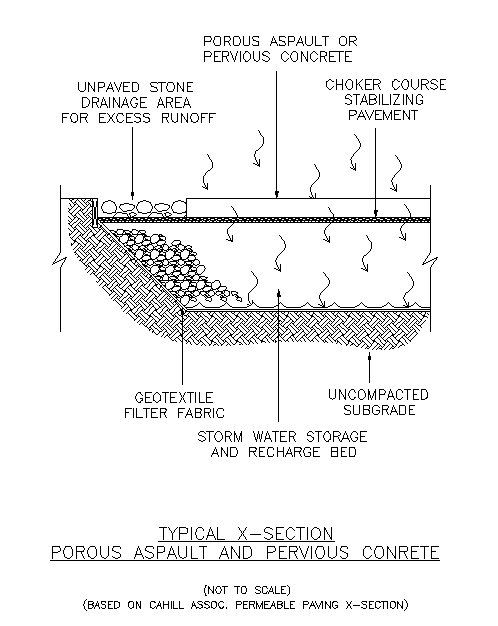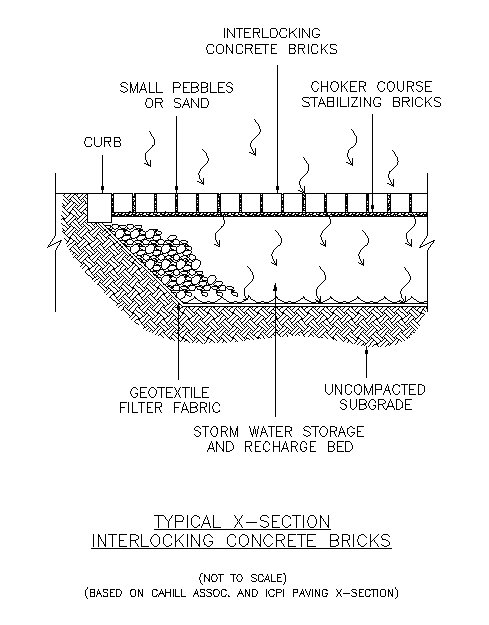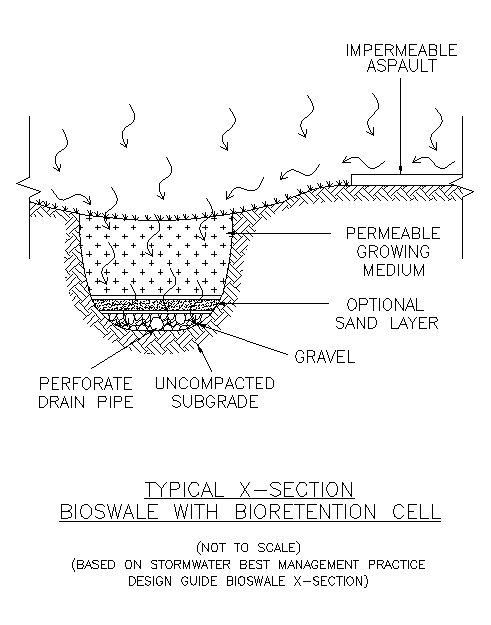PROJECT
This analytical report will look at a site in Kamloops (still to be determined) and figure out the type of bioswale needed to remove pollutants introduced into storm water due to aging roofs, the construction and maintenance costs of the swale, and the impact the bioswale will have on the environment in comparison to a conventional storm water removal system.
METHOD
Research Strategy
Interviews
Engineering Firms
· Derek Kronebusch (Dayton & Knight Ltd.) – interested
· Scott Bilbrough (Dayton & Knight Ltd.) – possibly interested
· Ashley (Urban Systems) – no reply
Academic Resources
· Library books – TRU, Kamloops Library, Vancouver Library
· Library magazines – TRU, Kamloops Library, Vancouver Library
· Engineering journals- resources received from Derek Kronebusch
Non-Academic Resources
· Internet – last resort
A More In Depth Research Approach
1) Understand how bioswales work and what they do.
2) Research the different types of bioswales and choose the best one for my chosen site and pollutant removal.
3) Compare different types of plants, soils etc. that can be used in the bioswale. Compare hyperaccumulator plants with regularly used plants, their cost and efficiency of pollutant obsorption.
4) Read engineer's journals for design components and ideas.
5) Look at varous cities design manuals to learn the best way to design a bioswale for my site.
6) Find articles describing the types and amounts of pollutants being given off by roofs. Comparison of age vs pollutants given off.
7) Determine if a bioswale is better than using a conventional curb and gutter. Cost comparison, efficiency comparison, maintenance, life expectancy, impact on the environment.
8) Is the cost and maintenance of a bioswale in comparison to a conventional curb and gutter worth the payoff of removing the contaminants from aging roofs? How much contaminants are removed from enterng into out streams etc. by using a bioswale?
SPECIAL PROLEMS
1) What types of plants will be able to sustain life in Kamloops?
2) What types of materials can be used in addition to or in place of the materials already being used in bioswales and lattices to filter the storm water as much as possible?
3) How effective are bioswales at removing pollutants? Show comparison of successful projects in comparison to conventional storm water removal.
4) Which type of bioswale will be needed in Kamloops, dry, grass, or wet?
5) Will a bioswale create a place for mosquito to reproduce?
6) How can we prevent a place for mosquitoes to flourish?
7) Will the bioswale/lattice freeze in Kamloops?
Sunday, February 22, 2009
Subscribe to:
Comments (Atom)





